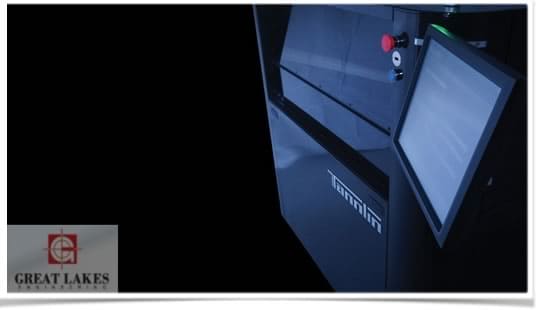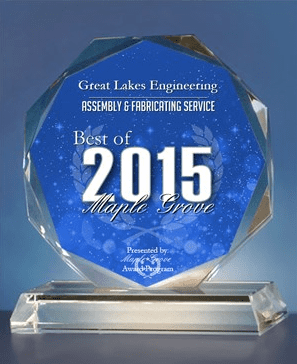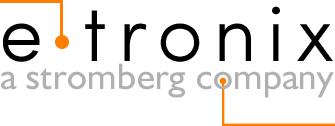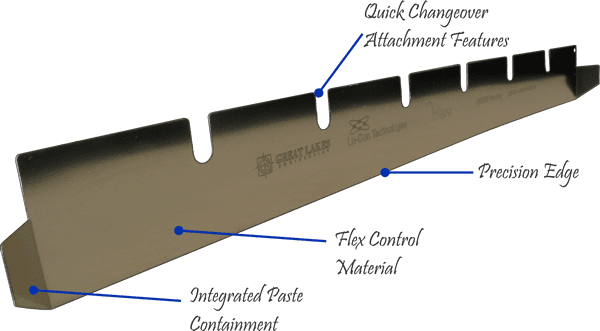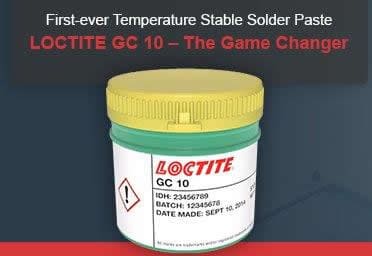The Various Steps Involved in Metal Etching Explained
Metal etching, also called chemical milling or chemical machining, is a frequently used, highly valuable subtractive industrial process that uses any number of etching chemicals, called etchants, to achieve a desired metal embellishment or shape. This process dates back to feudal times, when proud lords and knights used it to decorate their armor.
During the metal etching process, a metal sheet is covered in a masking compound in a predetermined way, and the metal is bathed in a corrosive chemical known as an etchant. The etchant chemically reacts with the exposed material, without any masking material, and cuts the exposed material by dissolving it. The masking compound is usually inert. This process is also known as chemical milling or chemical machining.
With metal etching, cuts with varying depth are achieved, and the depth is determined by the time spent by the material in bath. The rate of etching is defined by the ratio of depth of cut to time spent in the bath. Many factors, such as the material to be etched, temperature, the etchant composition and concentration determine the rate. As there are number of factors that can influence etching, the common practice is to do a test run, where a material is exposed to chemicals and monitored for output performance. Based on the process performance, the chemistry and test are repeated until a desired depth and rate are achieved.
The standard metal etching process follows several specific steps to ensure an optimal outcome. This outcome involves the careful calculation of the rate of etching, which is based on several factors, including temperature, the material being etched, etchant composition and concentration. To understand the standard metal etching process, study the steps listed below.
Step 1: Clean Surfaces
Before doing anything else, you must clean your surfaces. Ensure that no contaminants, which can alter the reaction and result inconsistent etching, remain. These contaminants are usually things like grease, oils, primer coatings and residue. To remove them from metal surfaces, use solvents, specifically oxidizing and alkaline solutions.
Step 2: Apply Masking Agent
Generally, masking agents, or maskants, selected for use in industrial settings are inert in nature, meaning that they maintain their structural integrity during chemical reactions. Such maskants include neoprene elastomers and isobutylene-isoprene copolymers. In the second step of metal etching, known as the masking stage, you apply these maskants to your surface in such a way to produce the pattern you want. You can do this either through dip masking, or immersing the parts into the maskant, or by flow coating, when you allow the maskant to flow over the parts.
Masking cn dip masking, the parts are immersed into maskant, whereas in masking by flow coating, the parts are coated by flowing the solution over a surface.
Step 3: Immerse in Etchant
The third step is immersion, the step during which a chemical reaction takes place. Let the parts remain in the corrosive material for a predetermined period of time, chosen to achieve your desired width.
Step 4: Remove the Mask
Remove the products of reaction and demask the surface of your metal to uncover the design and pattern you’ve created. To fully removed etchants, use methods involving cold water, like de-oxidizing baths, which remove leftover oxides. Typically, cold water is used for specific etchants and specialized processes, such as a de-oxidizing bath. In turn, remove maskants manually with scraping tools.
